MASA takes sun control to the next level with sustainable shading solutions.
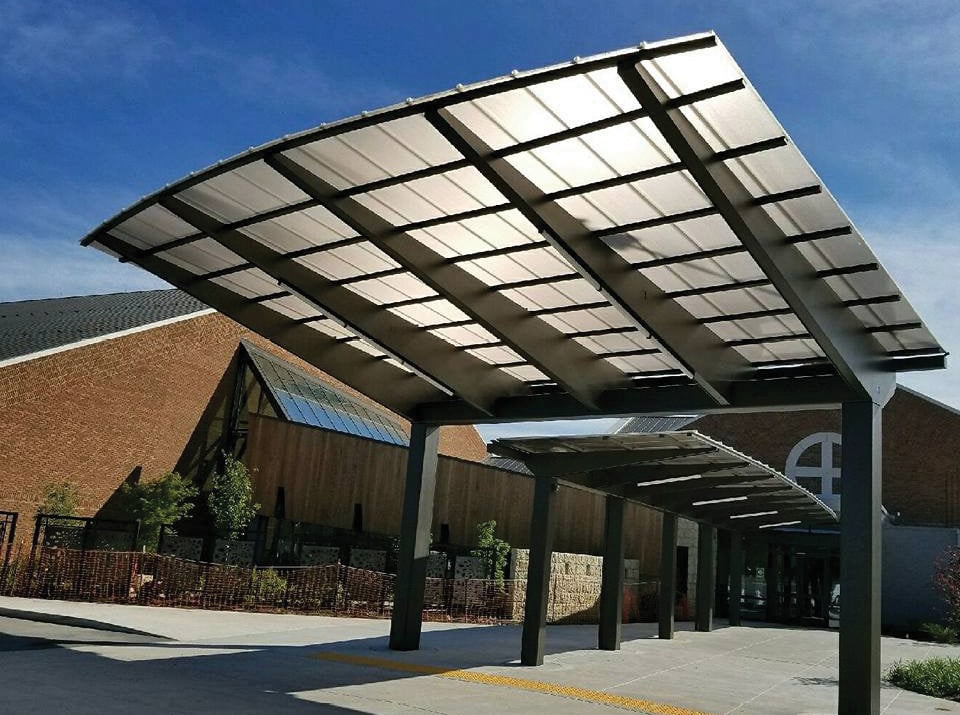
[Photo: Courtesy of MASA]
The entrance to a building is more than just where you enter. It marks your transition from outdoors in, and it lays the groundwork for your experience once you walk through the door. In other words, it leaves an impression. One way to ensure it’s a positive one is to invest in smart sun control solutions. A canopy will protect you from the rain, sleet, or snow, offering shelter from any storm. A sunshade will block or redirect the sun’s powerful rays, creating a pleasant environment that encourages you to linger. Taken together, these elements create a beautiful, functional entryway that simultaneously conserve energy and maximize comfort.
Creating these solutions has been the mission of MASA Architectural Canopies for nearly three decades. Its team of architects, engineers, and designers develops innovative shading and canopy solutions for a wide range of projects, from senior living facilities to schools. No matter the size of the installation, MASA takes pride in the details, says Michael Bradley, founder and CEO. “We don’t look at our projects as run-of-the-mill,” he says. “We treat every project as a unique build.”
Here are seven features that set MASA’s custom sunshades and canopies apart.
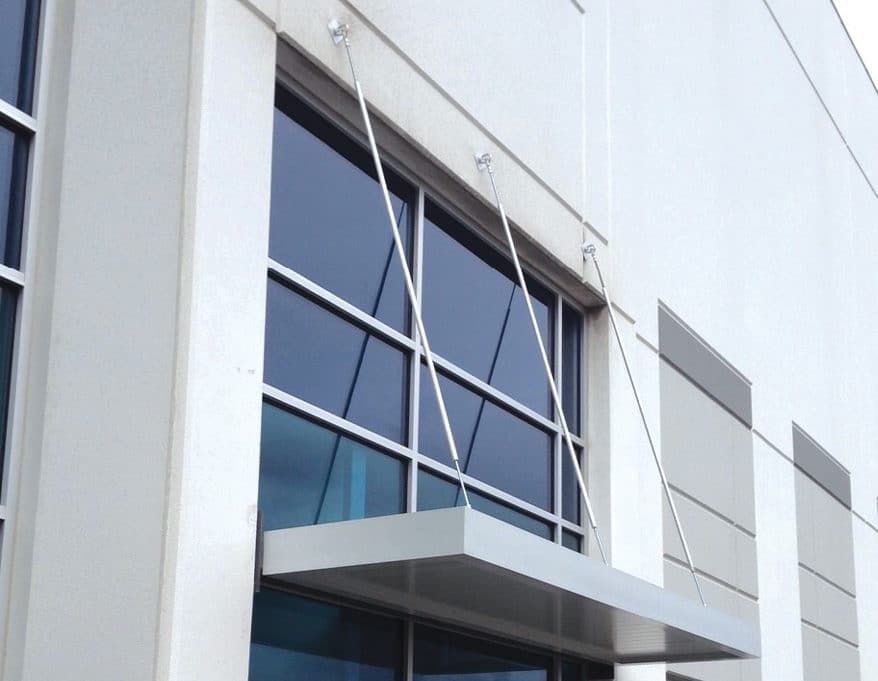
Effective light control is as much about using the sun to create beautiful spaces as it is about controlling heat gain. [Photo: Courtesy of MASA]
The Power of Passive Shading
A well-designed sunshade blocks the sun’s harmful rays and reduces their impact on a building’s HVAC system. Effective light control is as much about using the sun to create beautiful spaces as it is about controlling heat gain, Bradley says. Preventing solar heat transfer reduces overall energy usage. In addition, MASA customizes each installation to a site’s location and climate. Based on these details, MASA designers optimize the shading to make the biggest impact. By doing so, customers can add LEED credits to their building envelope.
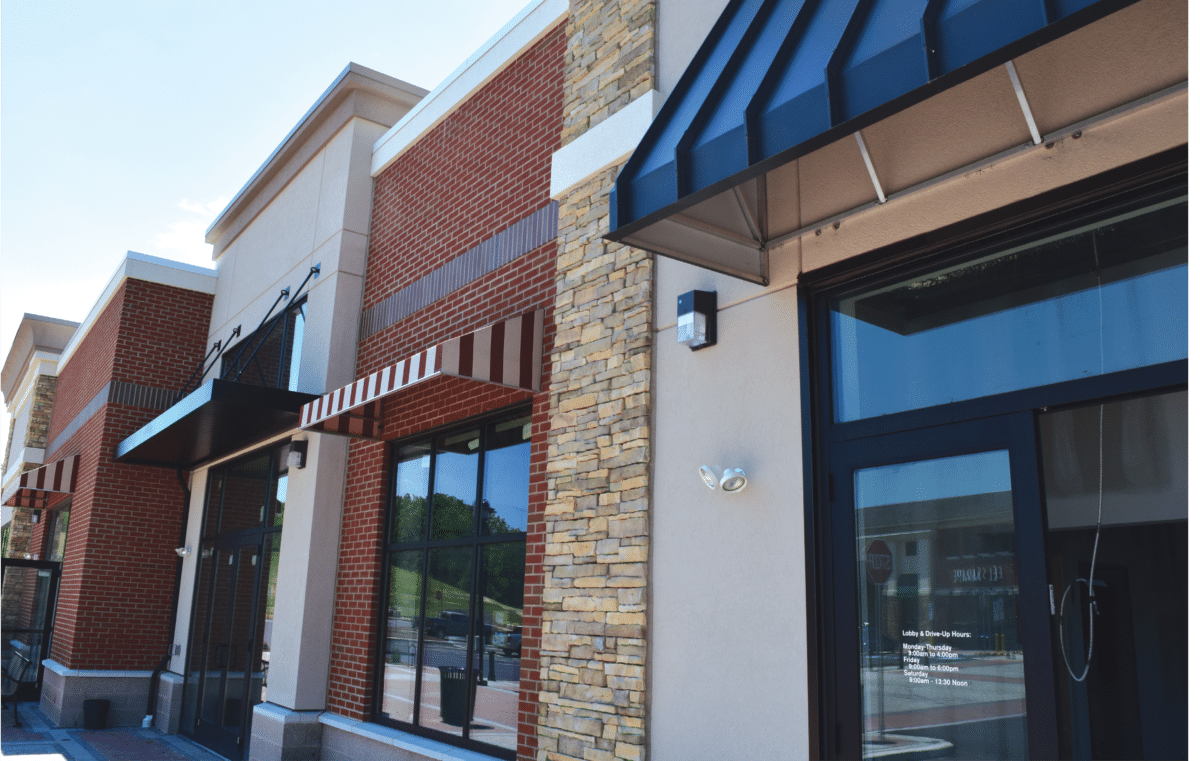
[Photo: Courtesy of MASA]
Made (Sustainably) in the USA
All of MASA’s products are manufactured in the U.S., with three major production facilities in New Jersey, Pennsylvania, and Florida. These strategically located plants reduce the time it takes to transport products to a job site. As for materials, MASA uses recycled aluminum in all its products, and Bradley notes that 50 to 75% of all additional materials are made from recycled components.
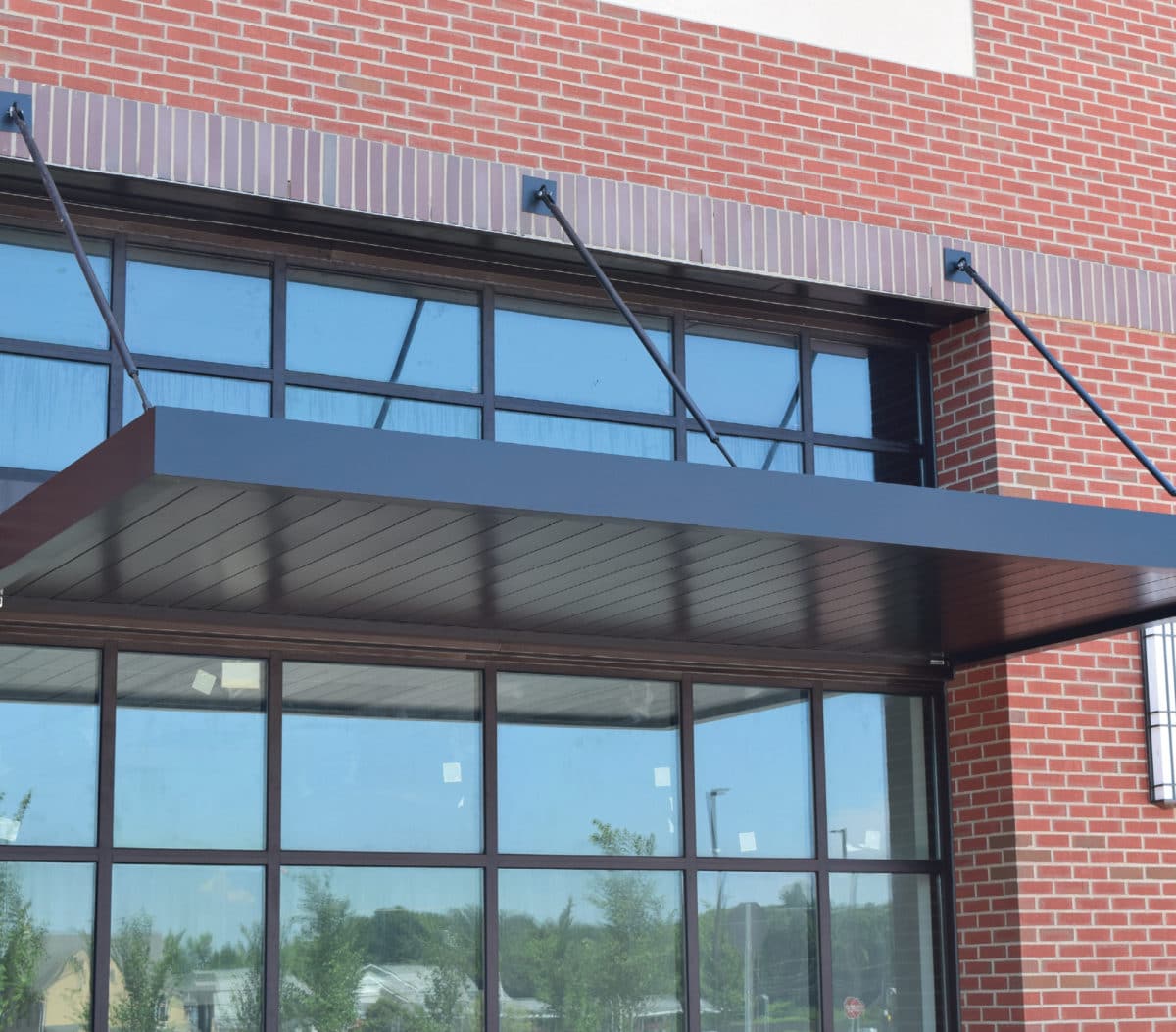
[Photo: Courtesy of MASA]
Aesthetic Appeal
There’s a lot more to a MASA product than immediately meets the eye. Behind the clean lines and sleek structural framework are a number of innovations, Bradley notes. For instance, bolts and facets can be hidden within the structure. Beams can serve double duty as gutters and conduits for electrical systems. On each project, MASA designers work with the customer to design and refine the architectural sketches to ensure the highest quality of both form and function.

[Photo: Courtesy of MASA]
Benefits of a Hybrid System
Combining shade and canopy solutions gives you the best of both worlds. Say you’re designing a storefront. You’d want some water protection to keep rain off visitors moving in and out, Bradley suggests. That’s where a canopy, such as MASA’s Extrudeck product, would come in. But you wouldn’t want the sun’s rays blocked entirely along the whole front of the building, he adds. That’s why an awning like the Ecoshade comes in to play, possibly adjacent to the canopy. This allows rain to come through to water plants and flowers, as well as sunlight to brighten the area and cast attractive shadows.
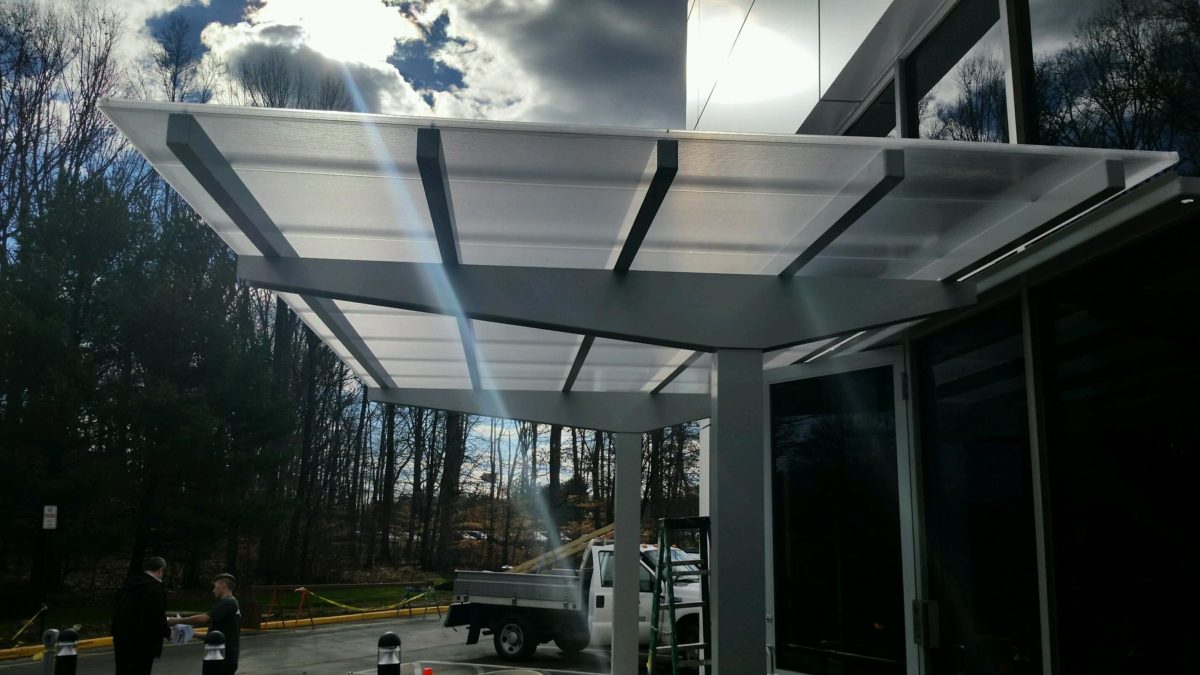
[Photo: Courtesy of MASA]
Integrated Design
Architect Peter Elliott of Perkins Eastman experienced the difference an integrated design makes firsthand. While developing plans for a recent project, the team initially drafted a steel canopy in the traditional way, but quickly reconsidered after seeing the high costs and number of subcontractors that needed to be involved. “What attracted me [to MASA] was the ability to do a more integrated design of a canopy,” he says. He worked with MASA designers to craft a cohesive approach that got more uses out of each element of the structure: having the beams serve as gutters, for example. This, coupled with the use of structural aluminum instead of steel, reduced costs and allowed the team to streamline the installation.
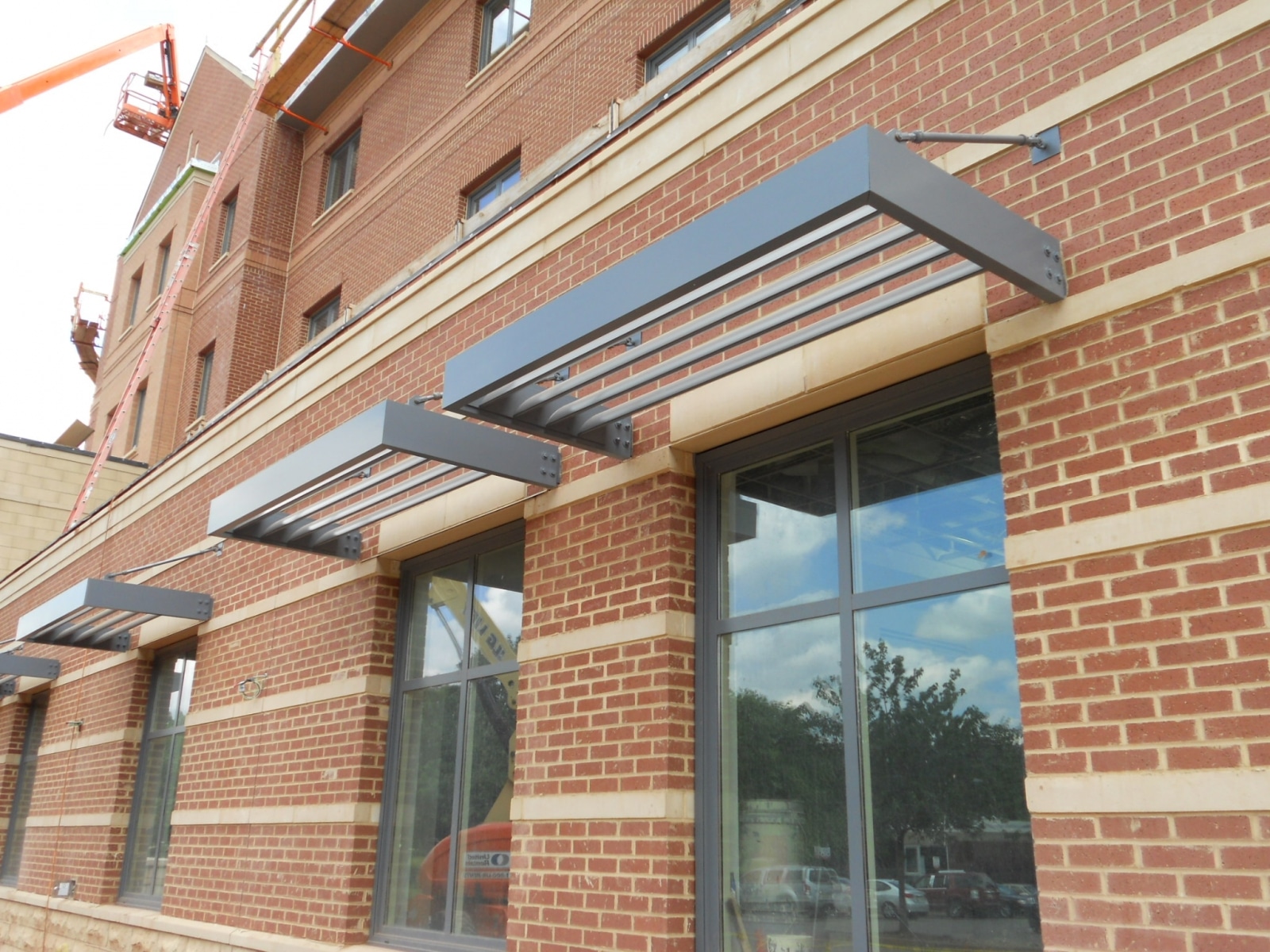
[Photo: Courtesy of MASA]
Turnkey Installation
MASA knows the success of a project hinges on its execution. It prides itself on being a true design-build firm with engineering and installation capabilities in all 50 states. These turnkey services set the company apart, Bradley says. By giving customers one point person, they always know who to turn to with any questions or concerns throughout the process. Elliott says another benefit is that, because MASA manufactures its canopies in large sections, the on-site installation goes quickly. On a school project, MASA was able to install a canopy in one day over a holiday break, preventing any disruptions while the building was in use.
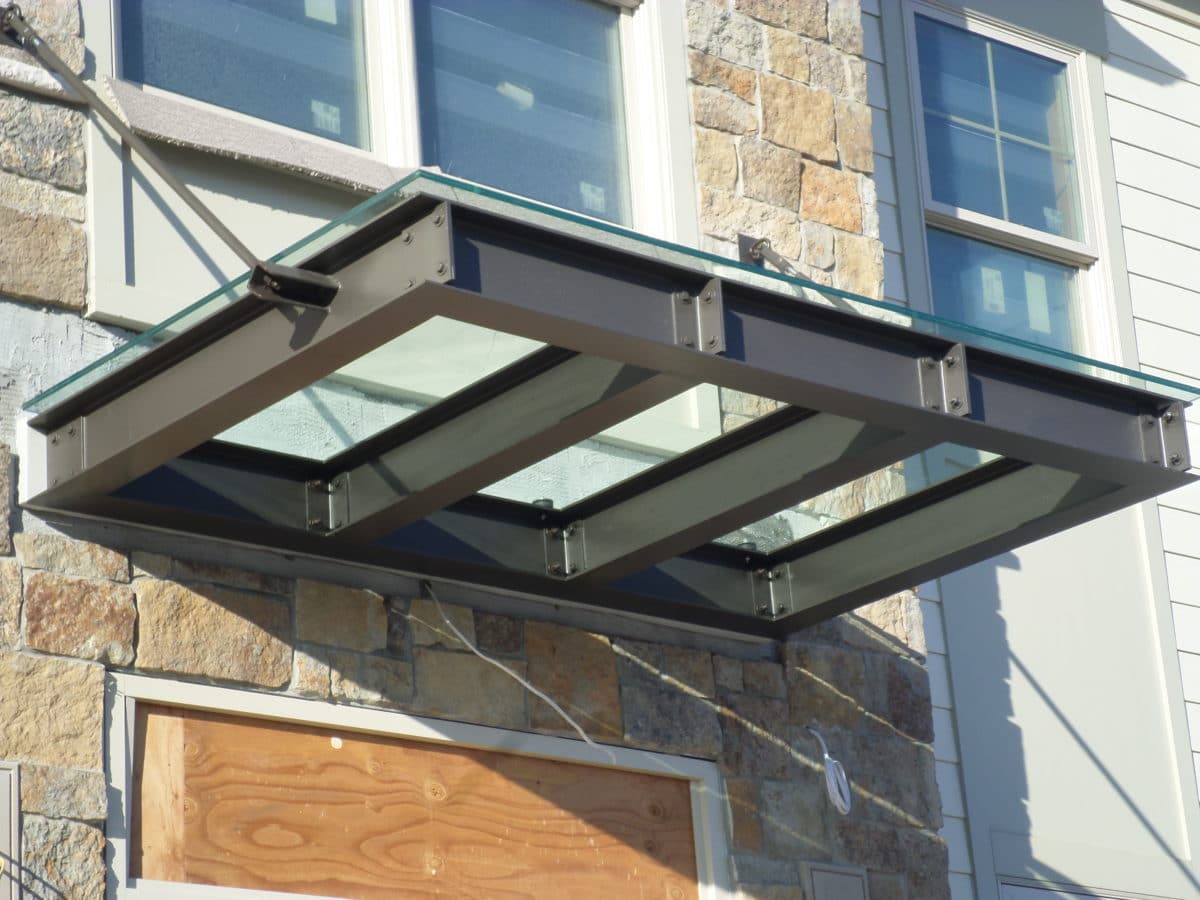
[Photo: Courtesy of MASA]
Designed for Comfort
Depending on the climate, a canopy or sunshade can be called upon to serve a range of functions, from cutting a cold winter wind to blocking the scorching sun from heating up the pavement. Architect Jennifer Colley, also of Perkins Eastman, recently worked with MASA on a canopy for a senior living project. They settled on a design that would create a welcoming environment for residents and family to gather, possibly with visiting pets, while somewhat protected from the elements. “When you’re designing for seniors, it’s so important you get thermal comfort right,” she says. By creating an inviting environment, an entryway becomes an asset—not just a place to pass through.

